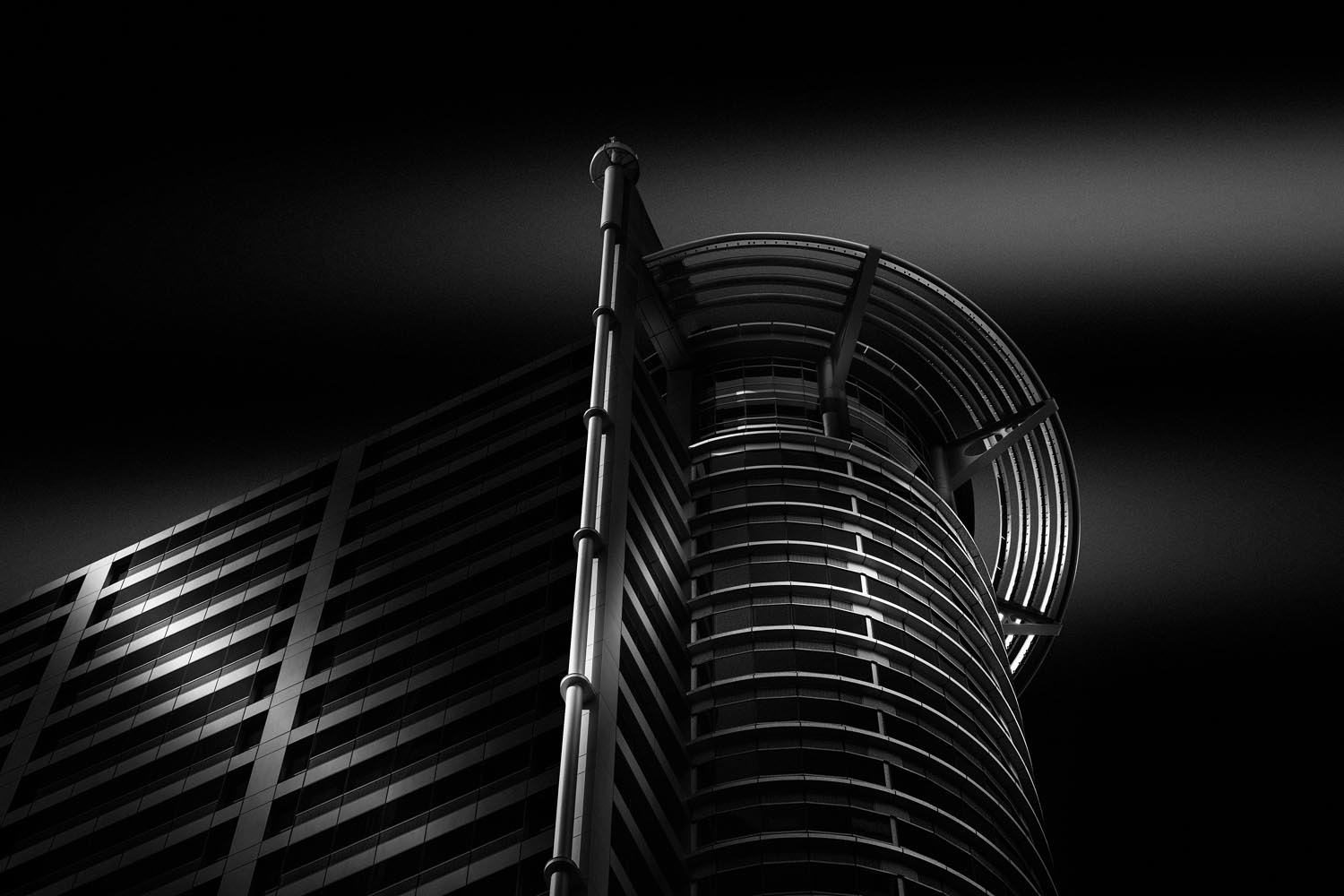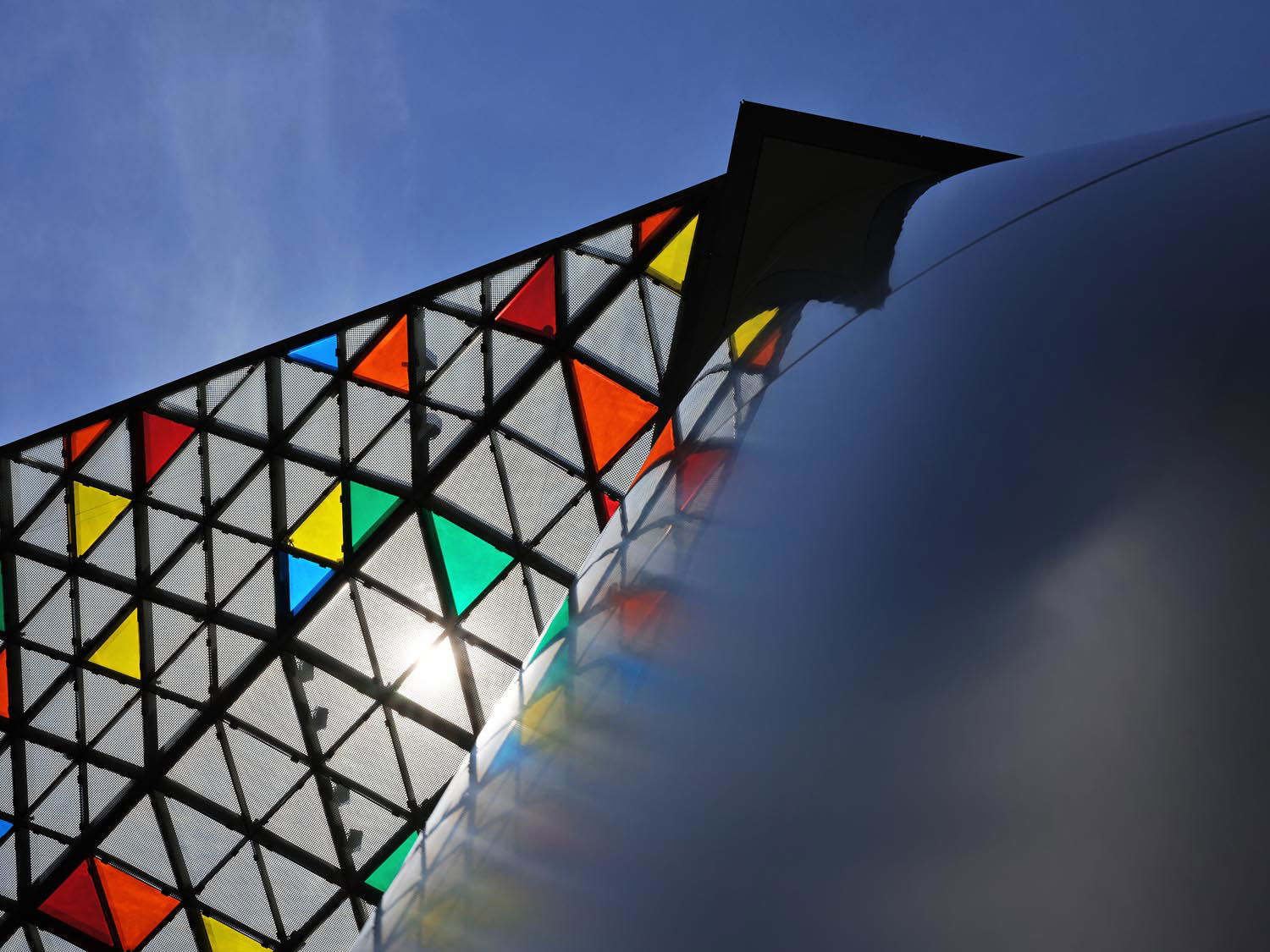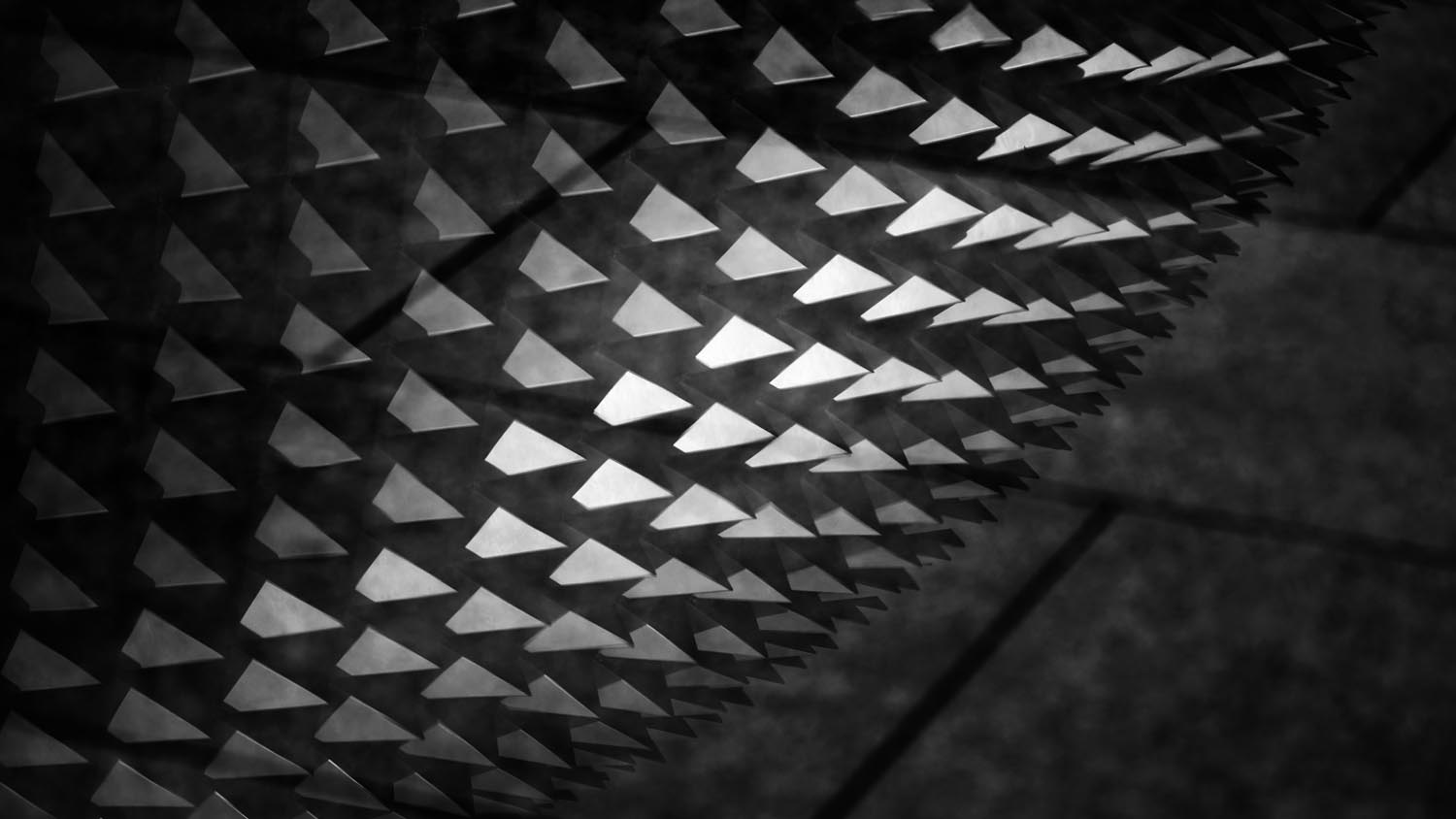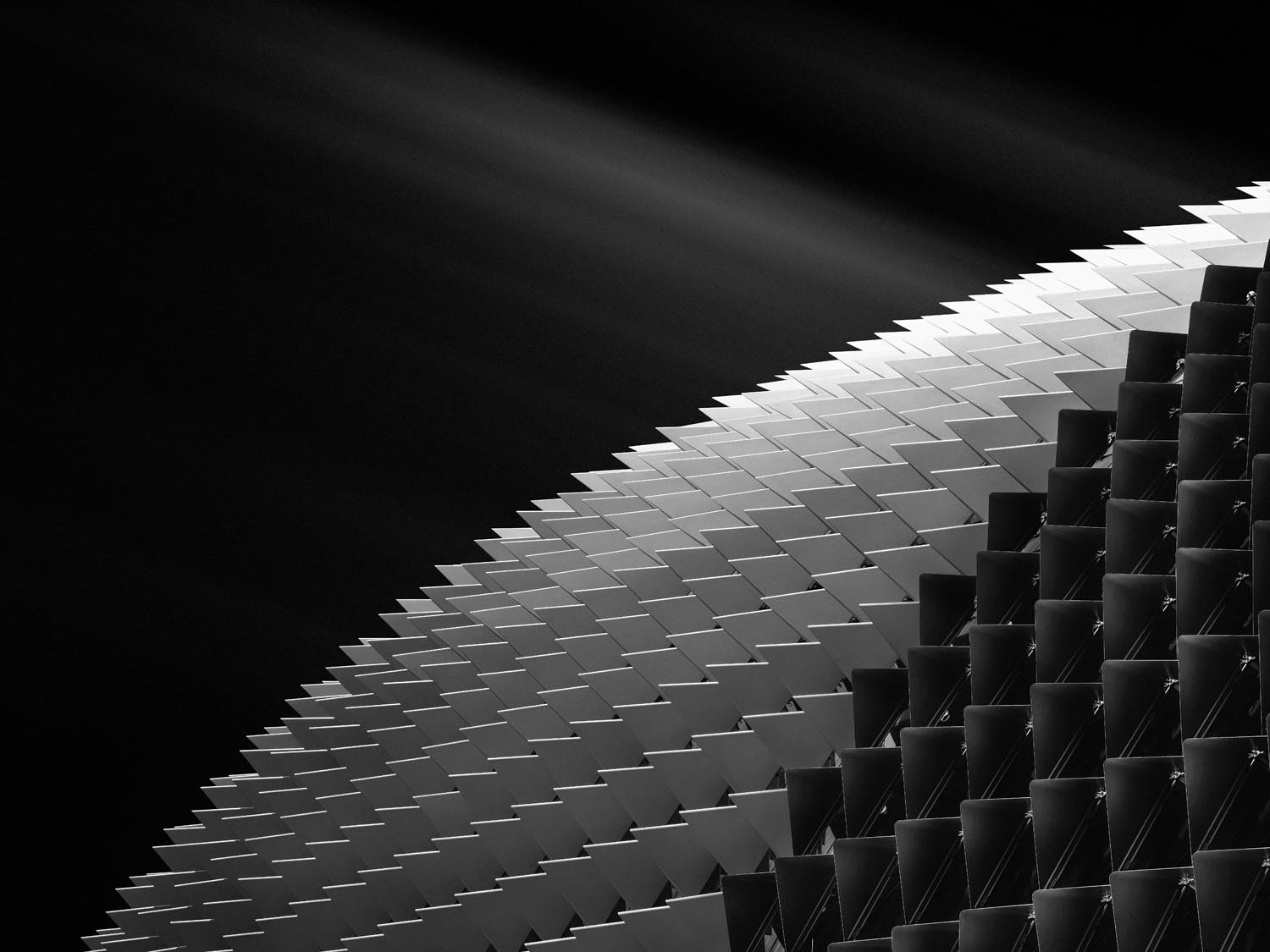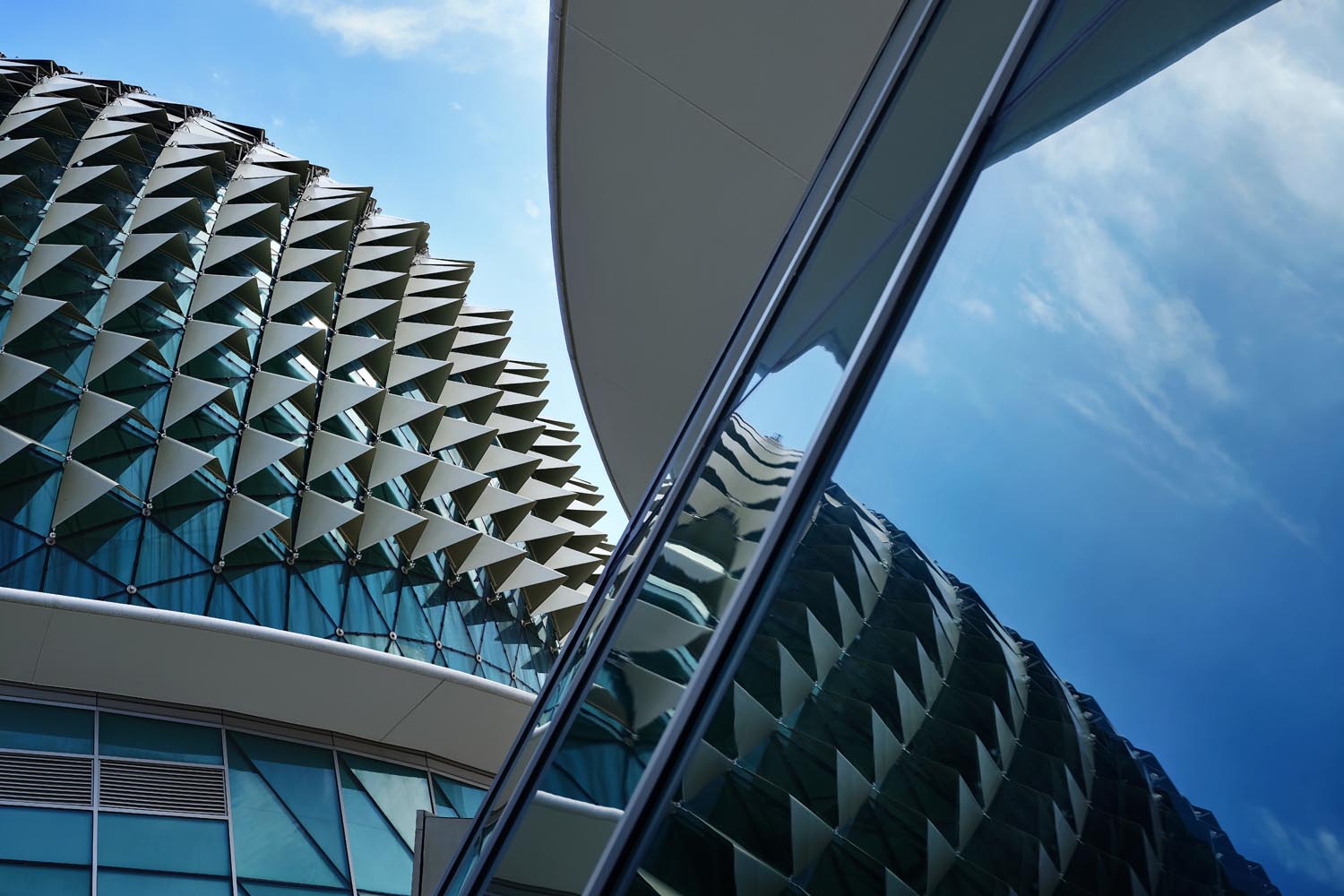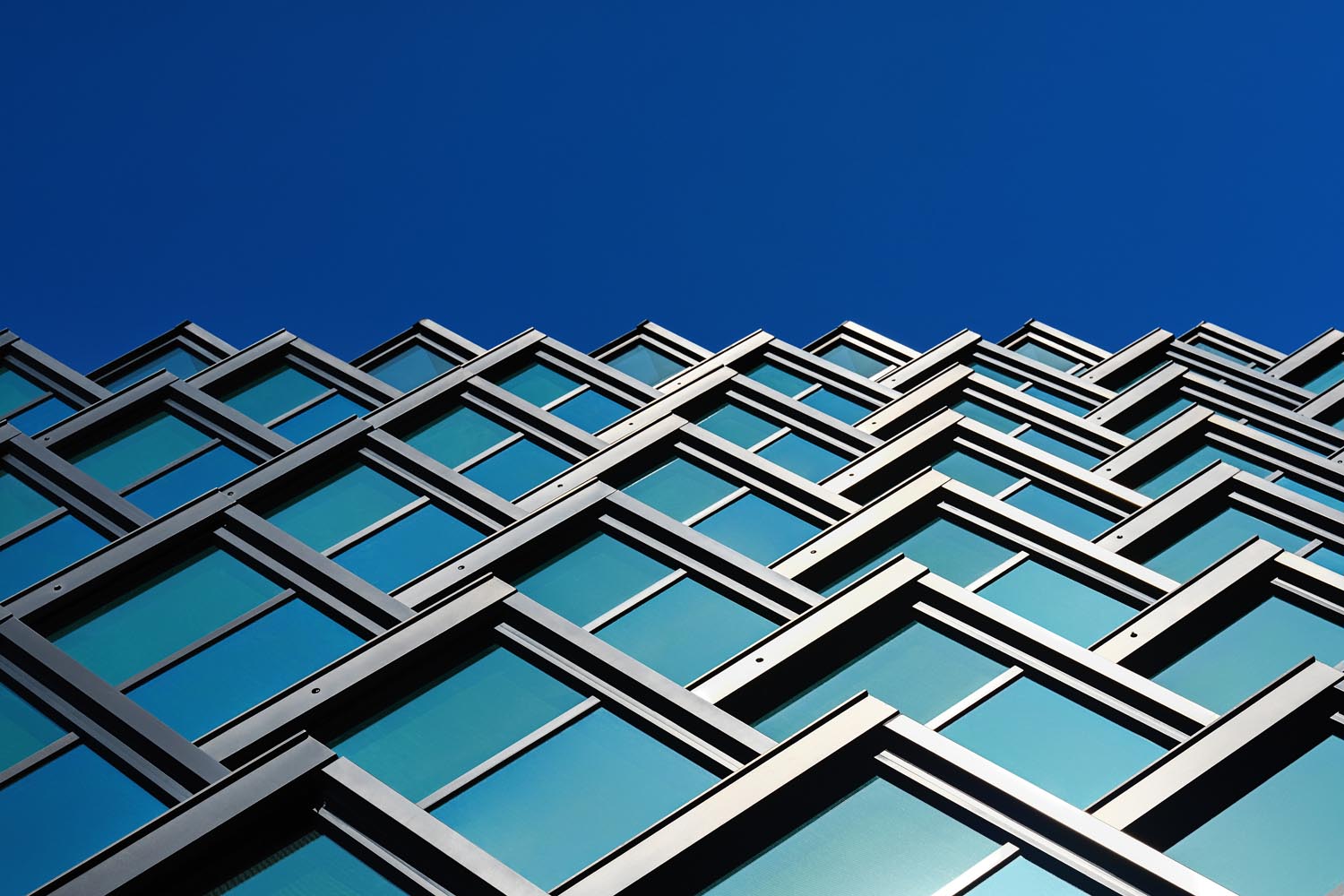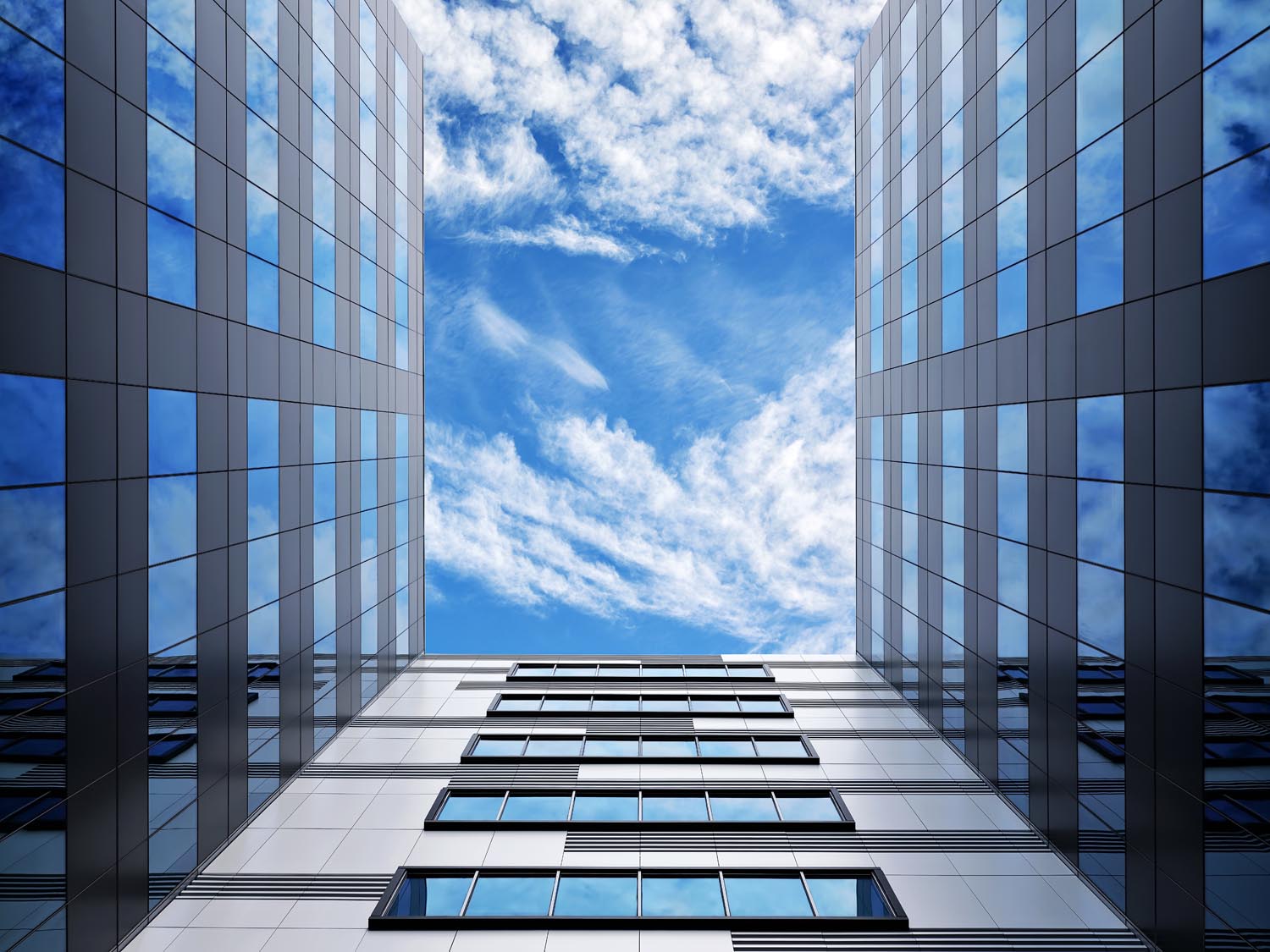GFX50S II Impression
I moved to commercial work as a professional architectural photographer after I came across an article on the late renowned architect, Zaha Hadid and was impressed by how she broke boundaries and made buildings that were supposedly cold and concrete into fluid art forms. Her work inspired me to explore in architectural photography when I realized how much more I could do to make those architecture structures look their best through photography.
I was drawn by Zaha Hadid’s unique design characterized by striking lines and expressive curves. She was bold in her designs and her daring approach to breaking traditions had opened up my mind as a photographer to explore the ‘impossible’. Her style of work has influenced me greatly in my career and my approach towards architectural photography. I pay a lot of attention to the architectural details of my subjects, emphasizing on the highlights, shadows and lines to enhance the characteristics of the structures in my clients’ work. In contrast to my prior work as a wedding photographer, an architectural photographer requires a different skill set to shoot the same stationary subject repeatedly while producing different results. I need to focus a lot on composition and experiment with unique perspectives to enhance the appearance of the buildings to make them appear better on my images. Building structures look very different in various timings of the day, thus the environment and natural lighting play big roles to achieve different moods.
Moving from place to place is quite a norm in the course of my work and lugging my equipment for long hours is not only challenging but also physically demanding. When I first received the FUJIFILM GFX50S II, I was surprised by how light and compact it felt in my hands. The lightweight medium format camera definitely provides me with the mobility that I need without compromising on the quality. The FUJIFILM GFX50S II is filled with stellar combination of excellent image quality, high resolution and great dynamic range – a camera that is small in size but big in performance.
At 50 megapixel, the FUJIFILM GFX50S II’s bigger sensor gives me a larger frame that allows me to straighten and crop my photos without losing much megapixels, giving me an edge in my work. It also gives my clients the versatility of using those high-resolution images for their larger marketing print materials. The sensor is also capable of capturing more details with excellent tonal range for smoother tonal transition, at the same time; it produces less noise while having good colour accuracy. This feature is especially helpful for my shots under low light conditions.
Outside of work, I will take the unconventional approach and explore into different post processing techniques and execution that are reflected in the fine art series of my work. I love exploring creative angles of building facades and I would pair the FUJIFILM GFX50S II with the FUJINON GF45-100mm or FUJINON GF100-200mm lens to achieve the ideal close up shots of my subjects. Attaching the GF1.4X Teleconverter to GF100-200mm helps to maximize the focal length while maintaining superior image quality. Since I use a great range of highlights and shadows in my work, FUJIFILM GFX50S II’s 14-stop dynamic range helps to retain more details in the shadows and highlights, allowing me to recover more details in my images without compromising on the image quality. The results did not disappoint.
The FUJIFILM GFX50S II is not just a medium format camera, but so much more…
it’s a pint-sized powerhouse.



